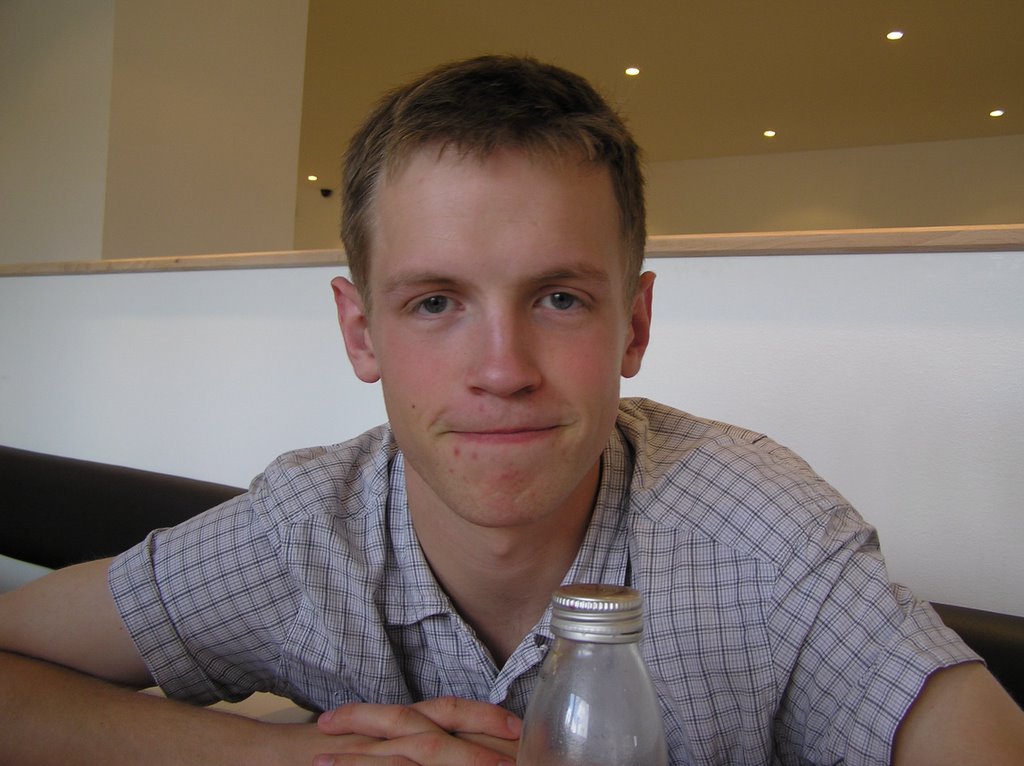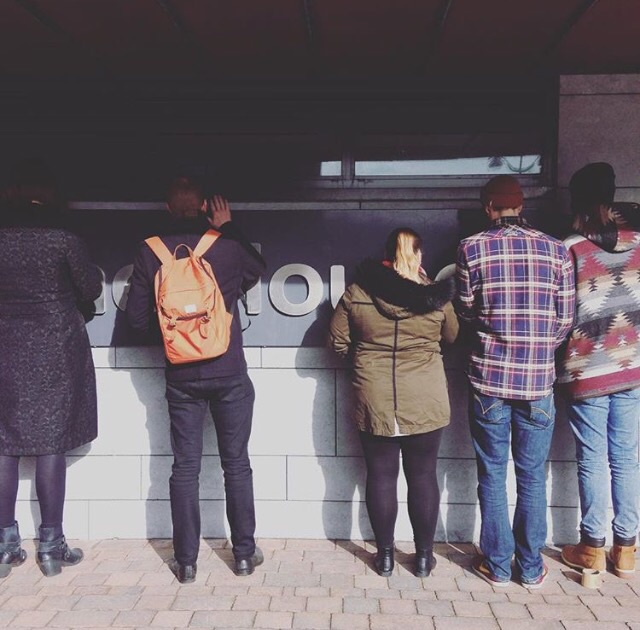

Drawing examples from across the spectum of the living dead product, with plenty from its margins, Phil Smith celebrates and berates the zombie then turns it into a meditation, a manifesto, a dance score and the herald of a social movement. Gorehounds will never see the zombie the same way again. Invoking slowness, fragmentary consciousness, thickness and thingness, the author describes in strategic theory and a horde of tactics, how to walk from Night to Day and away from the old Dawn into a radical nothingness. A keen observer of the zombie mythos for the past 35 years, he draws on the multitude of plots, images and metaphors swarming from movies and comics to describe a groundbreaking way to have presence in everyday life. I will conclude by referring to the latest ‘ambulant architectures’ project of Wrights & Sites in which mythogeography is now addressing the built environment in a way that evokes (but develops) the urban détournement of the IL/SI.In this Footbook, Phil Smith (Mytho, Crab Man) extends his critical account of the gentle walking arts to the predatory lurch of the living dead. I will argue that mythogeography continues to pose a challenge to certain limited and revivalist elements within British Psychogeography, but at the same time celebrates the panoply of practices that even where there is no acknowledgement of the influence of the tradition of the International Lettristes/Situationist International (IL/SI) betrays a knowledge of them. I will consider the central role of multiplicity in mythogeography and how that has reconnected it to certain strands within British psychogeography such as the workings of Alan Moore and Tim Perkins and the ‘drifts’ of organisations like the Loiterers Resistance Movement.


The essay will describe the origins of mythogeography in the work of Wrights & Sites, and how they first distanced themselves from situationist practices and later made some accommodations with that tradition. In this essay I consider the relation between mythogeography and psychogeography in particular, how developments within radical walking arising from performance and live art have challenged some of the assumptions of British psychogeography, including the dominance of literary outcomes and historical/occult narratives.


 0 kommentar(er)
0 kommentar(er)
